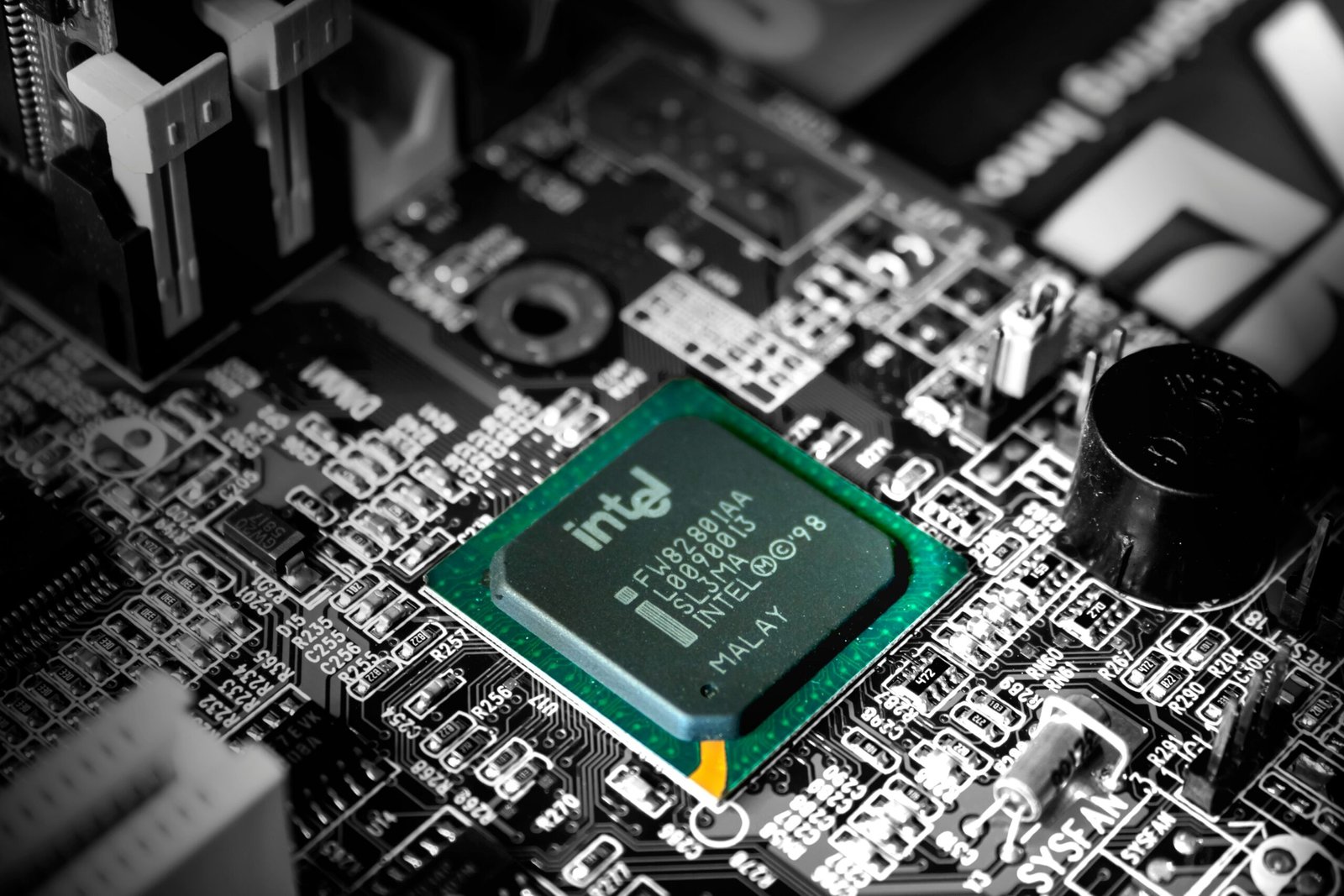Introduction to ARM Processors
ARM processors, developed by Arm Holdings, have emerged as a formidable alternative to traditional x86 processors, which dominate the desktop and laptop markets. The architecture of ARM, which stands for Advanced RISC Machine, is based on a Reduced Instruction Set Computing (RISC) design, optimizing performance and efficiency. This design allows ARM processors to execute instructions at high speeds while consuming significantly less power compared to their x86 counterparts. As a result, ARM technology is increasingly favored in mobile devices, such as smartphones and tablets, where battery efficiency is crucial.
One of the defining characteristics of ARM processors is their versatility. This architecture supports a wide range of computing tasks, from simple embedded systems to complex, high-performance applications in computing devices. Additionally, ARM’s licensing model enables various manufacturers to produce customized chips tailored to specific performance requirements, fostering an ecosystem where innovation thrives. This adaptability has led to the widespread adoption of ARM CPUs in diverse sectors ranging from consumer electronics to automotive technology.
In recent years, the transition from x86 to ARM in personal computing has gained momentum. Conducting tasks previously reserved for traditional processors, such as running full desktop applications and advanced multitasking, ARM chips have made inroads into the PC industry. Prominent tech companies have recognized the potential of ARM technology, with major players launching laptops and desktops powered by ARM processors. This trend signifies a shift toward more energy-efficient and compact computing solutions, setting the stage for the possibility of a future where ARM architecture plays a pivotal role in personal computing.
The Advantages of ARM Processors
ARM processors have gained significant traction in the realm of personal computing due to their various advantages, which include energy efficiency, solid performance capabilities, and cost-effectiveness when compared to traditional x86 processors. One of the foremost benefits of ARM architecture is its superior energy efficiency. ARM processors are designed to deliver high performance while consuming less power, making them an ideal choice for mobile devices and laptops that require prolonged battery life. For instance, devices like the Apple MacBook Air and the latest iPad Pro have successfully showcased ARM’s energy-efficient design, allowing users to engage in resource-intensive tasks without exhausting the battery quickly.
In terms of performance, ARM processors have also made great strides in recent years. Advanced models exhibit impressive processing power that rivals their x86 counterparts, especially in multi-core applications. Studies indicate that ARM chips enable efficient multitasking and can handle demanding applications, such as video editing and gaming, with ease. Devices such as the Microsoft Surface Pro X illustrate the advancements in performance ARM has achieved, demonstrating responsive user experiences and robust application support.
Cost-effectiveness is yet another factor contributing to the growing popularity of ARM processors. Generally, ARM-based systems can be produced at a lower cost due to the architecture’s simplicity and reduced power requirements. This translates to lower retail prices for consumers while still delivering considerable performance. The increasing prevalence of devices with ARM processors, like the Chromebooks and various smartphones, highlights the potential for manufacturers to utilize these chips to appeal to cost-sensitive segments of the market.
Collectively, these advantages position ARM processors as a formidable player in the personal computing landscape, prompting both consumers and manufacturers to recognize the potential benefits of adopting ARM technology for enhanced computing experiences.
Challenges and Limitations of ARM Adoption in PCs
The adoption of ARM processors in the PC market presents several challenges and limitations that may hinder their widespread acceptance. One of the foremost issues is compatibility with legacy software. Many applications and operating systems were originally designed for x86 architecture, which has dominated the personal computer landscape for decades. Consequently, software developers face significant hurdles when trying to optimize their products for ARM architecture. For instance, popular programs such as Adobe Creative Suite and certain enterprise applications may not run efficiently, if at all, on ARM-based systems. This compatibility issue could deter users and enterprises from transitioning to ARM-powered PCs.
Another limitation concerns hardware compatibility. ARM processors often utilize different architectures compared to their x86 counterparts, leading to potential issues with peripheral devices. For instance, components such as printers, specialized input devices, and even some graphics cards may not have compatible drivers readily available for ARM, thus limiting functionality. As manufacturers prioritize x86 systems in their designs, the development of drivers for ARM components may not keep pace, leading to a fragmentation of the user experience.
Furthermore, market resistance is a significant barrier to ARM’s adoption in PCs. Consumers and businesses have established preferences for x86 architecture due to its prolonged presence and general reliability. Transitioning perceptions and preferences in the marketplace is inherently challenging and requires substantial investment in marketing and education to convince users of the benefits of ARM technology. According to reports, only a small percentage of PCs currently utilize ARM processors, indicating a strong market inertia against switching.
While ARM processors offer advantages such as energy efficiency and performance benefits, overcoming these challenges is crucial for their successful integration into the PC market. Addressing software compatibility, ensuring hardware support, and changing consumer attitudes will be essential to pave the way for a more ARM-driven future in personal computing.
The Future Outlook for ARM and PCs
The landscape of personal computing is on the brink of a seismic shift, primarily driven by the increasing adoption of ARM processors. As mobile computing gains traction, there is a notable trend towards lightweight, energy-efficient devices that cater to a mobile-first lifestyle. ARM, known for its efficiency and performance, is well-positioned to meet these demands, suggesting that the future of PCs may become more intertwined with ARM architecture.
Industry experts project that the integration of ARM processors in personal computers will accelerate as technology continues to evolve. Major technology companies are already formulating strategies to implement ARM technology into their product lines, recognizing its potential to enhance user experiences significantly. Apple’s successful transition to ARM-based M1 chips serves as a case in point, demonstrating both the performance capabilities of ARM and the feasibility of its wide-scale application in the PC sector.
The anticipated growth in cloud computing and AI applications further emphasizes the role of ARM processors. As workloads become increasingly data-intensive, the ARM architecture’s scalability and power efficiency will likely attract users seeking robust performance without the corresponding energy costs associated with traditional x86 processors. With the rise of remote work and online collaborations, the demand for devices that seamlessly integrate with cloud services will increase, making ARM an even more attractive option.
For consumers, this evolution means embracing the potential of ARM technology in their future PCs. It may be beneficial to keep informed about which devices incorporate ARM processors and how they can offer advantages such as longer battery life or improved performance. As technology continues to evolve, understanding these advancements will better equip users to make informed choices in their computing needs. In sum, the progressive rise of ARM processors signals a transformative era for PCs, promising enhancements that could redefine the next generation of personal computing.




